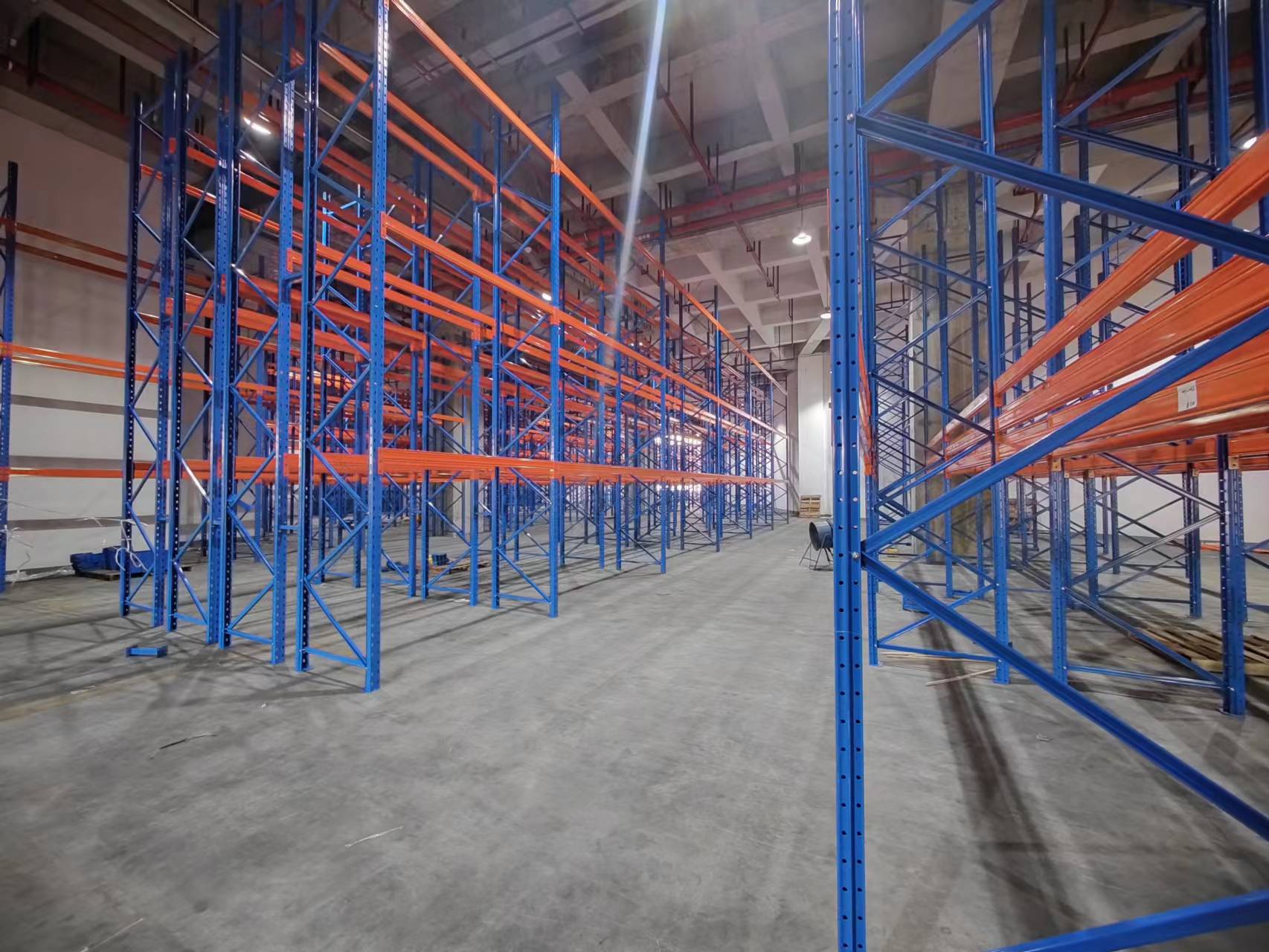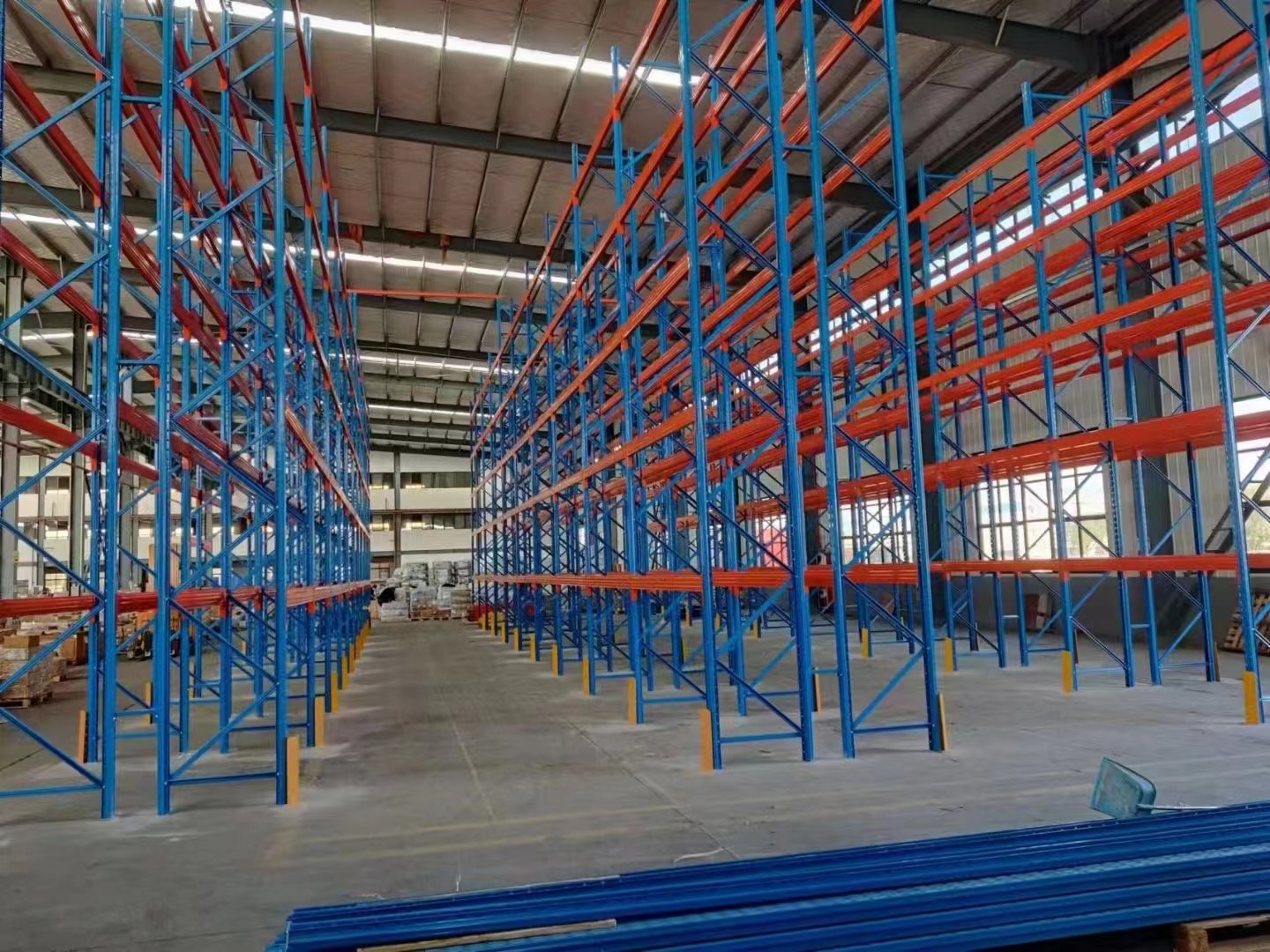Warehouses are the pulsating hearts of supply chains, and pallet racking is their indispensable skeleton. Yet, this critical infrastructure, if not managed with rigorous racking safety protocols, can become a significant source of catastrophic accidents, inventory loss, and costly downtime. Ensuring racking safety isn't just a regulatory checkbox; it's a fundamental pillar of operational efficiency, employee well-being, and business continuity. This comprehensive guide delves into the multifaceted world of racking safety, exploring at least five crucial aspects every warehouse operator, manager, and employee must prioritize.

Understanding the Stakes: Why Racking Safety is Non-Negotiable
The consequences of neglecting racking safety are severe and far-reaching:
Personnel Injuries and Fatalities: Collapsed racks, falling loads, or structural failures can cause crushing injuries, amputations, or death. Forklift impacts are a leading cause of rack damage that precedes collapse.
Significant Inventory and Asset Damage: A single rack collapse can destroy thousands of dollars worth of inventory and damage expensive MHE (Material Handling Equipment).
Costly Operational Downtime: Repairing or replacing damaged racking, clearing debris, investigating incidents, and potential regulatory shutdowns halt operations, impacting delivery schedules and revenue.
Regulatory Fines and Legal Liability: Organizations face substantial fines from OSHA (Occupational Safety and Health Administration), HSE (Health and Safety Executive), or equivalent bodies for safety violations. Liability lawsuits from injured employees can be devastating.
Reputational Damage: News of a major warehouse accident harms a company's reputation with customers, suppliers, and potential employees.
Investing in robust racking safety measures is an investment in people, productivity, and profitability.

1. Design, Installation, and Configuration: The Foundation of Racking Safety
Racking safety begins long before the first pallet is loaded. The initial design and setup are critical:
Professional Design by Qualified Engineers: Racking systems must be designed by qualified structural engineers who consider:
Load Requirements: Maximum uniformly distributed loads (UDLs) per beam level, point loads, and overall system capacity.
Building Structure: Floor load capacity, column locations, ceiling height, sprinkler systems, and seismic considerations.
Operational Needs: Aisle widths, forklift types (reach truck vs. counterbalance), required clearances, and future expansion potential.
Compliance with Standards: Adherence to relevant standards like ANSI MH16.1 (US), EN 15512 (Europe), SEMA (UK), or AS 4084 (Australia).
Certified Installation: Installation must be performed by trained, certified technicians following the manufacturer's exact specifications and engineering drawings. This includes:
Correct anchoring to the floor (using specified anchors for the concrete type and strength).
Proper assembly and tightening of bolts to specified torque values.
Ensuring plumb and level alignment.
Safe Configuration: Post-installation, configuration must maintain safety:
Load Beams: Must be correctly seated and secured in the column connectors. Upright protection (column guards) should be installed at ends of aisles and other impact-prone areas.
Load Application & Racking Notices (LARNs): Clear, visible signs must be posted at the end of each aisle detailing:
Maximum bay load capacity.
Maximum beam load capacity per level.
Maximum UDL per beam level.
Maximum point load per beam level (if applicable).
Maximum height restrictions.
Configuration details (beam levels, spacings).
Aisle Width: Must be strictly maintained as per design for safe MHE operation and adequate clearance.
2. Safe Loading Practices: Respecting the System's Limits
Even perfectly designed and installed racking can fail if loaded incorrectly. Safe loading is paramount for racking safety:
Adherence to LARNs: This is the cardinal rule. Never exceed the posted maximum load capacities at the bay, beam, or beam level. Overloading is a primary cause of rack failure.
Even Weight Distribution: Loads should be evenly distributed across the beam length. Avoid concentrated point loads unless the rack is specifically designed and rated for them. Pallets should be intact and stable.
text
**Proper Pallet Placement:** Pallets must be fully supported by both beams of a level, centered between uprights, and not overhanging beams excessively. Ensure pallets are not damaged and loads are stable.
Consideration of Load Characteristics: Be mindful of load weight, dimensions, center of gravity, and stability. Oddly shaped or top-heavy loads require special attention and potentially specific racking solutions (e.g., cantilever racks).
Beam Level Loading: Loads should ideally be placed on the lowest suitable beam level first to lower the system's center of gravity. Avoid leaving upper beams loaded while lower ones are empty.
Height Considerations: Do not stack loads higher than the rack design allows or in a way that compromises stability. Maintain clearances from sprinklers, lights, and ceilings.
3. Routine Inspections and Proactive Maintenance: Identifying Hazards Early
Regular inspections are the cornerstone of proactive racking safety, aiming to identify damage or issues before they lead to failure. A multi-tiered approach is essential:
Immediate Reporting (Operator Level): All employees, especially forklift operators, must be trained to recognize damage and report it IMMEDIATELY. This includes:
Forklift impacts (even minor ones).
Visible dents, bends, cracks, or tears in uprights, beams, or bracing.
Dislodged, missing, or severely damaged safety locks or connector clips.
Bent, dislodged, or missing beams.
Loose or missing anchor bolts.
Leaning or distorted uprights.
Overloaded or unsafely loaded bays.
Weekly/Frequent Visual Checks: Designated personnel (e.g., supervisors, safety officers) should perform regular walk-throughs, focusing on high-traffic areas and known problem spots, verifying that previously reported issues are addressed and looking for new damage.
Formalized Periodic Inspections (Expert Level): Conducted at least annually (often quarterly or semi-annually is recommended) by a competent person – either a specially trained in-house expert or, preferably, a qualified third-party racking inspector (SEMA Approved Rack Inspector (SARI) in the UK, or equivalent). This involves:
A systematic, bay-by-bay examination using a checklist based on standards like SEMA Guideline 6 or equivalent.
Detailed assessment of damage severity using established criteria (e.g., SEMA damage tolerance limits).
Use of tools like plumb bobs, levels, and measuring devices.
Thorough documentation of findings, including photos and precise location details.
Clear recommendations for repair, replacement, or decommissioning.
Post-Incident Inspection: Any significant impact, overload event, or natural disaster (earthquake, severe storm) necessitates an immediate and thorough inspection by a qualified expert before the affected area is re-entered or racking is reused.
4. Damage Assessment, Repair, and Replacement Protocols
When damage is found, having clear protocols is vital for racking safety:
Immediate Action: Upon discovery of damage:
Isolate the affected area: Cordone off the bay(s) and adjacent bays if necessary. Prohibit access.
Offload the damaged section carefully and safely, if possible without further risk.
Assessment by Competent Person: Only a competent person (internal expert or external inspector) can assess the damage severity and determine the appropriate action based on:
Location of damage (upright, brace, beam, connector).
Size and nature of the damage (dent depth, bend angle, crack length).
Manufacturer's guidelines and industry standards (e.g., SEMA damage limits).
Action Categories: Based on assessment:
No Action Required: Minor damage within permissible tolerance limits. Document and monitor.
Repair: Only permissible if done strictly according to the racking manufacturer's instructions using manufacturer-approved parts and methods. DIY repairs using unapproved materials or techniques are dangerous and invalidate warranties/insurance. Common repairs involve replacing damaged braces or connector clips.
Component Replacement: Damaged beams or uprights exceeding tolerances must be replaced with identical, manufacturer-approved components by qualified personnel.
Decommissioning/Demolition: Severely damaged uprights or bays that cannot be safely repaired must be immediately offloaded, isolated, and professionally dismantled and replaced.
Documentation: Maintain meticulous records of all damage reports, inspections, assessments, repairs, and replacements. This is crucial for liability, insurance, and tracking system history.
5. Training, Culture, and Operational Discipline
Technology and procedures alone cannot guarantee racking safety. It requires a deeply ingrained safety culture and disciplined operations:
Comprehensive Employee Training:
All Staff: Basic awareness of racking safety risks, importance of LARNs, recognizing damage, and immediate reporting procedures.
Forklift Operators: Intensive training on safe maneuvering in aisles, proper load handling (placement/retrieval), awareness of rack clearances, speed control, and the critical importance of avoiding impacts. Refresher training is mandatory.
Supervisors & Safety Personnel: Training on inspection procedures, damage assessment basics, emergency protocols, and enforcing safety rules.
Fostering a Proactive Safety Culture:
Leadership must visibly champion racking safety.
Encourage and reward reporting of near misses and damage without fear of blame.
Open communication about safety issues and incidents.
Integrate racking safety into daily operations and toolbox talks.
Enforcing Operational Discipline:
Strict enforcement of speed limits for MHE.
Zero tolerance for reckless operation.
Mandatory adherence to LARNs and loading procedures.
Clear consequences for violating safety protocols.
Maintaining clean, well-lit aisles free of obstructions.
Beyond the Basics: Enhancing Racking Safety
While the five areas above form the core, consider these additional layers for enhanced racking safety:
Impact Protection Systems: Install robust column guards, end-of-aisle protectors, and barrier rails to physically absorb forklift impacts, preventing direct damage to critical structural elements.
Warehouse Management System (WMS) Integration: Utilize WMS capabilities to track load weights and dimensions, potentially flagging potential overloads before placement occurs.
Regular Floor Condition Checks: Ensure warehouse floors are level, intact, and capable of supporting the racking loads and anchor forces. Repair cracks or damage promptly.
Management of Change (MoC): Implement a formal process for evaluating and approving any changes to the racking system (layout modifications, increased loads, different MHE) to ensure safety isn't compromised.
Racking safety is not a one-time project; it's a continuous cycle of diligence, education, inspection, and maintenance. It requires commitment from the highest levels of management down to every warehouse floor employee. By prioritizing professional design and installation, enforcing strict loading practices, implementing rigorous inspection and damage control protocols, and fostering a pervasive culture of safety awareness and accountability, organizations can transform their warehouse from a potential hazard zone into a model of efficiency and security. Investing in comprehensive racking safety programs protects your most valuable assets – your people and your inventory – while safeguarding your operational continuity and reputation. Make racking safety the unwavering foundation of your warehouse operations.







